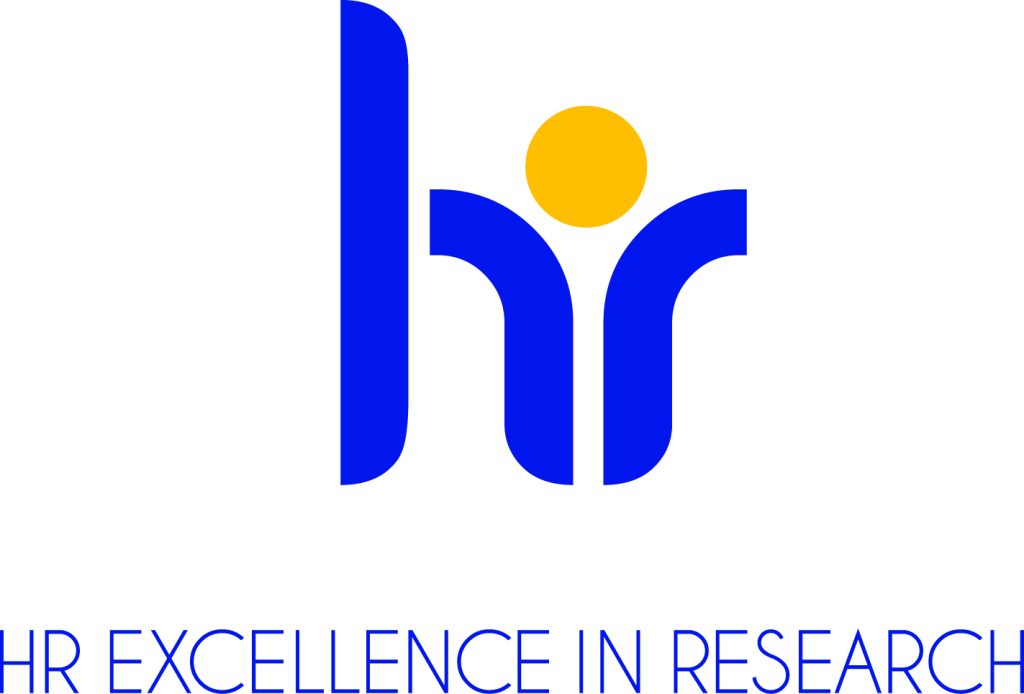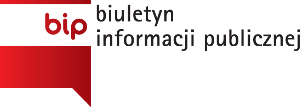From Academic to Practical Areas: The Use and Development of Mathematical Instruments around 1900
23.01.2019 | 17.04.2020
Around 1900, mathematics became a constitutive element of the newly formed technical sciences (electrical engineering, mechanical engineering, etc.). It was in this context that mathematicians began to discuss, in concrete terms, what was meant by “applied mathematics”. Developments in Germany, especially at Göttingen, played a leading role in this international process. When, in 1907, German supporters of applied mathematics gathered at the University of Göttingen, they issued the following formulation: “The essence of applied mathematics lies in the development of methods that will lead to the numerical and graphical solution of mathematical problems.” [„Das Wesen der angewandten Mathematik liegt in der Ausbildung und Ausübung von Methoden zur numerischen und graphischen Durchführung mathematischer Probleme.“] This definition concentrated only on the means and methods of solving mathematically delineated problems. How to reduce a given problem to its essential aspects and to describe (or model) it mathematically was not an explicitly stated goal of the curriculum then, even though this was common practice in the research seminars of applied mathematics. The latter were initiated by Felix Klein (1849–1925) and cultivated by Carl Runge (1856–1927), who would also bring his numerical and graphical methods to the United States when he held a visiting professorship at Columbia University in New York (1909–10).
Mathematical modelling, the heart of applied
mathematics as it is currently practiced, had important origins in industrial
research during the 1920s. At that time, an increasing number of Felix Klein’s
and Carl Runge’s students at Göttingen and elsewhere had found positions in
industrial laboratories in Germany and abroad.
Several years ago, the German Research Foundation supported my research into the beginnings of techno-mathematics and business mathematics in German electrical companies. By examing the work of Iris Runge (1888-1966) in particular, the eldest daughter of Carl Runge, I was able to identify not only an esteemed and competent mathematical consultant at the Osram Company but also a group of similar researchers at Telefunken in the 1930s (a similar group had existed at the Bell Telephone Laboratories since 1928). My research enabled me to show how an industrial researcher had constructed mathematical bridges between statistics and quality control of mass production; between the physical and chemical methods of material research and the concrete problems of manufacturing conductors, filaments, bulbs, and electron tubes; and between the models of theoretical physics (optics, colorimetry, etc.) and the design of scientific instruments. This lecture will demonstrate, with examples, how simplified models were employed to enhance the understanding of industrial processes and production. This remains same foundational approach to problem solving that is still characteristic in industrial mathematics.


 Wróć
Wróć
